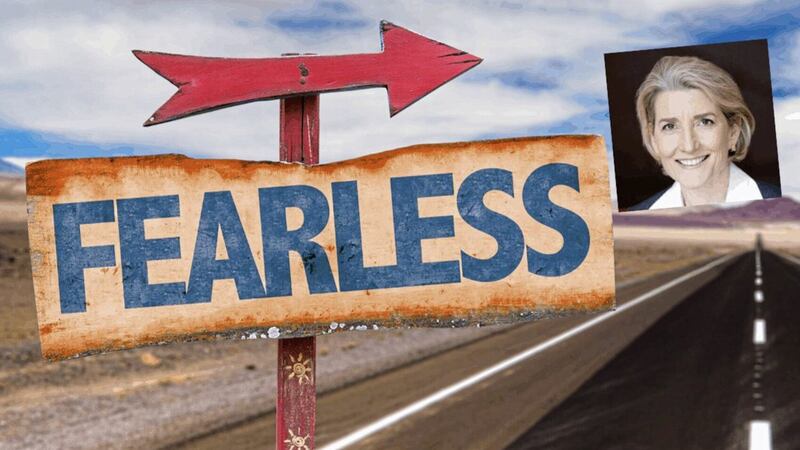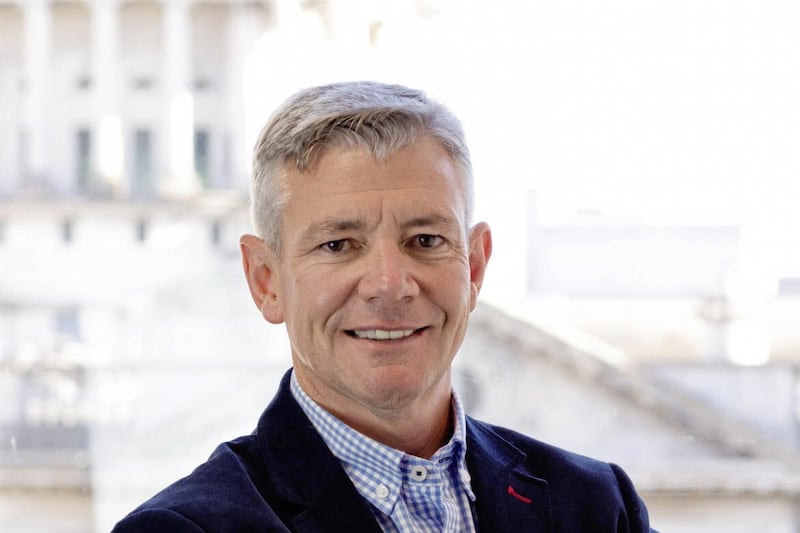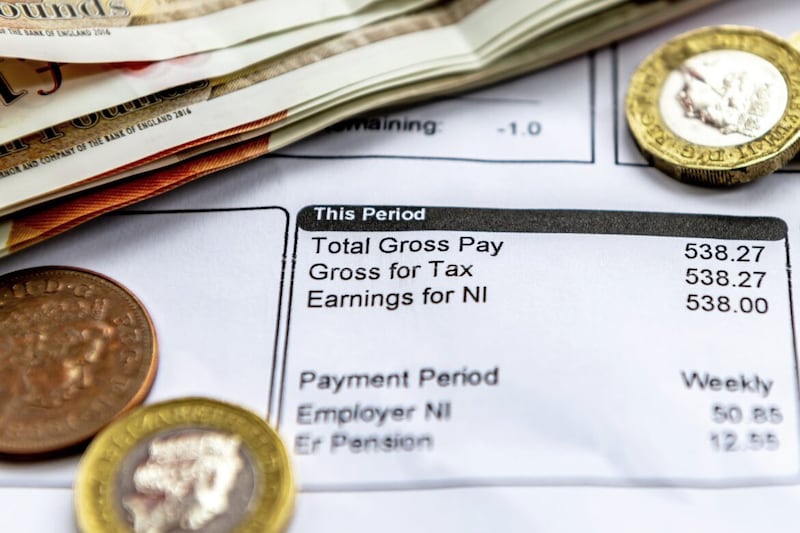A GOOD leader encourages their team to experiment, learn and adapt. This is often easier said than done in practice, reflecting the culture of the organisation and the environment in which it operates.
What is clear, is that staff do look to their leaders to understand what is expected of them and how they should be behave. The leaders are the role models.
In this context I often reference the term ‘leadership shadow’, which is the congruence between your words, your actions, what you measure and what you prioritise; and it impacts how people learn from you.
It also influences the culture and behaviours in your teams e.g., if my leader expects me to report in on every detail, then I know that I need to do that to be effective in his or her eyes.
If my leader trusts me to lead, or to represent the team well or to solve problems on my own, then I know that that behaviour is what I need to demonstrate.
If you trust your team to experiment, learn and adapt, you must be prepared to accept that there is a chance of failure – not all experiments succeed.
In psychologically safe environments, people feel able to express themselves, to challenge the status quo, to speak up in front of colleagues.
They feel safe to try, to fail, and to learn. If experimentation is essential in the changing times that we operate in, then psychological safety is imperative. So how do you go about creating and building it?
The first step is about setting the stage. Emphasise purpose, by identifying what’s at stake - why it matters and for whom. Frame the work by setting expectations about failure, uncertainty, and interdependence. Show how multiple perspectives are essential.
The second step is around inviting participation. Demonstrate humility by acknowledging that you don’t know everything. Practice enquiry by asking good questions and modelling intense listening. Set up structures and processes – create forums for getting input, and provide guidelines for discussion.
The third and final step is about responding productively. Express appreciation, listen, acknowledge, and say thank you.
This seems almost simplistic and basic, but it’s amazing that in quite a few organisations this can be a bone of contention, impacting employee engagement scores and staff retention. The other key aspect of this step is destigmatising failure, by looking forward, avoiding a blame culture, offering help, and brainstorming next steps.
“Neuroscience shows that fear consumes physiologic resources… this impairs analytical thinking, creating insight and problem solving. This is why it is hard for people to do their best work when they are afraid.” – so said Amy Edmundson of The Fearless Foundation.
This was further supported by an analysis of team working at Google. They found that their most successful teams practised the concept of psychological safety and it was often the most important team dynamic underpinning success.
As a leader it is important to reflect on the above and your expectation of behaviour in the team. Your words, actions, what you measure, and what you prioritise can have a significant impact on the success of the team.
Is there enough safety to allow innovation in your organisation?
Patrick Gallen is partner of people and change consulting at Grant Thornton Ireland








